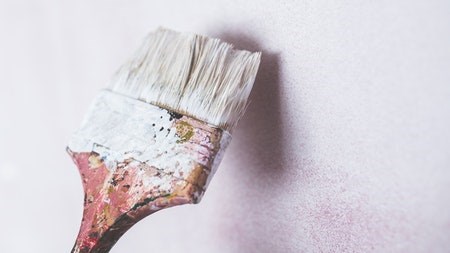Not everyone is a Mr. or Mrs. Fix-it type. Some of us were born with ten thumbs and can make the simplest of household jobs seem like major renovations.
I am going to blame bad genetics for my inability to fix things. No one on my father’s side of the family is known for their power tool prowess. If you need an accountant, give us a call, otherwise it’s best to flip through the classified section for a handyman. Still, DIY and basic repairs around the home needn’t drive fear into those of us who would sooner laze about on the patio than repaint it. Have you done any of the following?
Picture it: you have just bought your dream house and have decided to green your home by installing energy saving light bulbs. You rush out and buy a box of these (costly) bulbs only to find out that your new home has fittings that only accommodate screw-in rather than bayonet bulbs – and you have bought a dozen of the latter. While this is not the worst DIY mishap it does illustrate the importance of planning. Before you start any project know EXACTLY what you want the end result to be and what work needs to be done. Nothing is more frustrating than realising you’ve bought too little paint, have doweling that is too short because you estimated rather than measured, or have developed arc eyes because you neglected to read the safety pamphlet that came with your welder.
Ever tried to hang a painting by using a shoe to knock in a nail? Or used a butter knife to tighten a screw? Or stood on the top step of a rickety, old ladder? Chances are your attempt to do basic fixes went poorly for one reason – you were not using the right tool for the job. Using the wrong or shoddily made tools will only cost you more time and money and in some cases a trip to the casualty ward.
These are some of the biggest DIY disasters reported by insurance providers:
Flooding the home - drilling through water pipes when putting up shelving
Shoddy workmanship
The spilling of paint when decorating the home
Failing to put flat pack furniture together properly leading to its collapse
While it may be satisfying to finally crack open a cold beer and marvel at the wooden deck you have just restored or braai you have built, there is another trap to avoid – knowing your limitations. You may have re-tiled your kitchen but it does not mean you are the right person to tackle that faulty wiring in the garage.
If all else fails with your DIY repair do what I do – use duct tape until the repairman can fix it for you!




